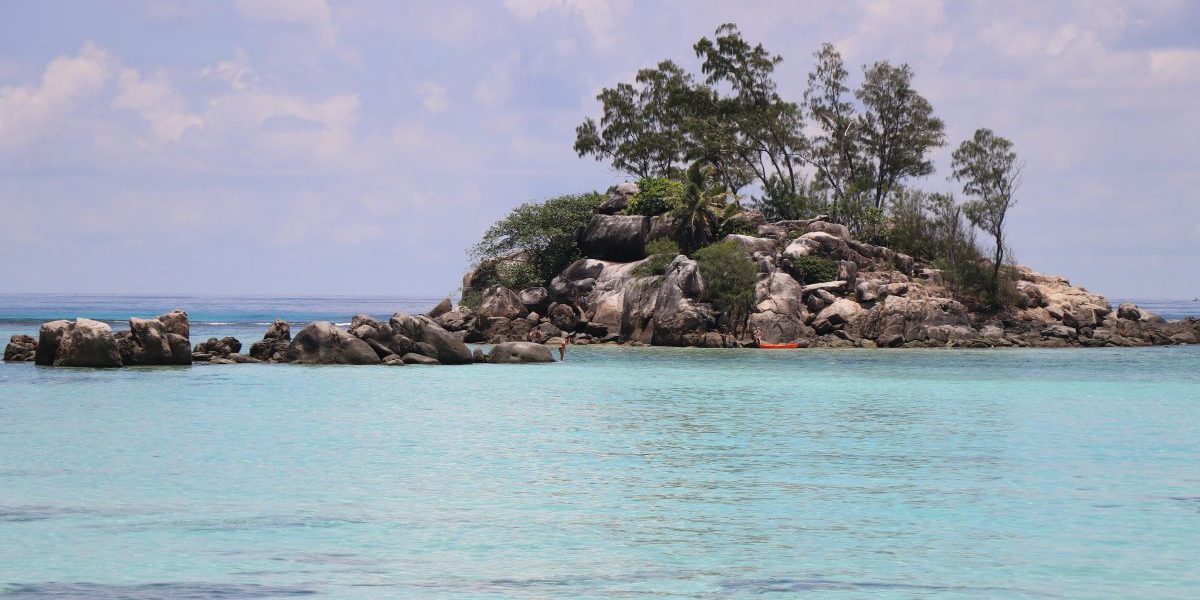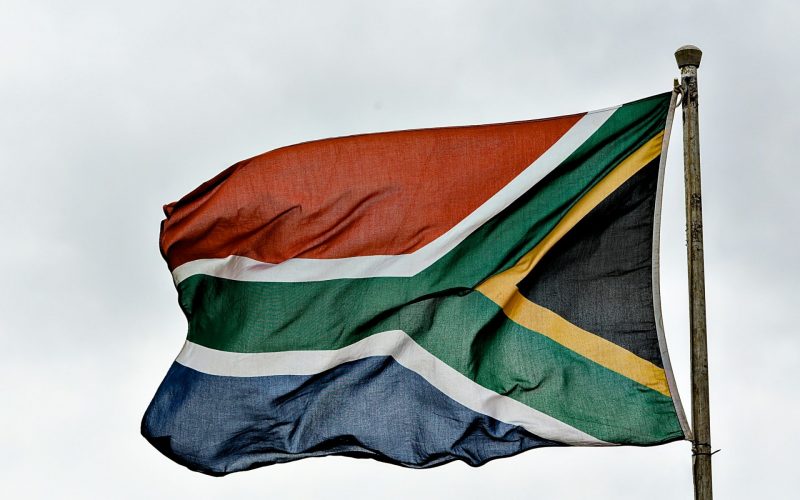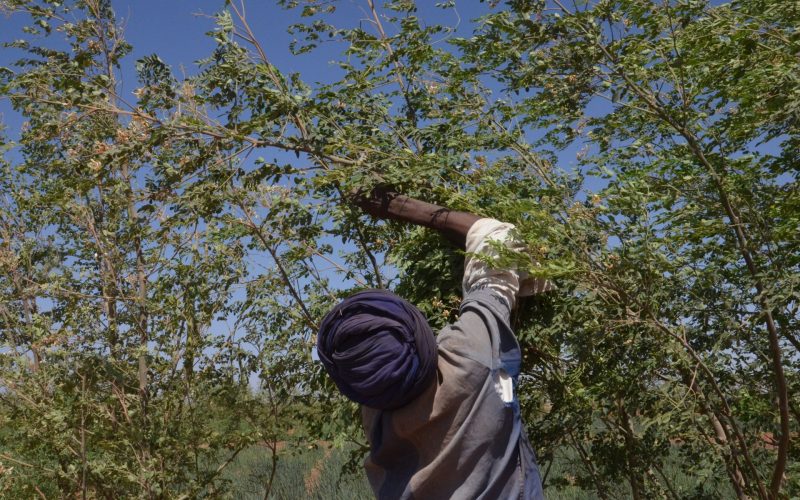These climate change impacts are already being observed in various forms such as periods of extensive drought, coastal flooding, coastal erosion and repeated mass coral bleaching events. All types of marine and coastal ecosystems are being affected, with the biggest impact observed so far being on corals, which bleach and die when the sea temperature increases beyond certain points. As a result of the extreme vulnerability of coral reefs to climate change, they have been locally prioritised as one of the main candidate ecosystems for ecosystem-based adaptation (EbA). Other ecosystems on which EbA interventions have focused include mangroves, sandy beaches, coastal plateaus and freshwater wetlands. The Seychelles also puts a lot of emphasis on preserving its natural environment through the expansion of protected area networks. Approximately 50% of the country’s land mass is legally protected and there are plans to designate 15% of the exclusive economic zone as no-take zones and place an additional 15% under active management, as part of the Seychelles Marine Spatial Planning Initiative.







